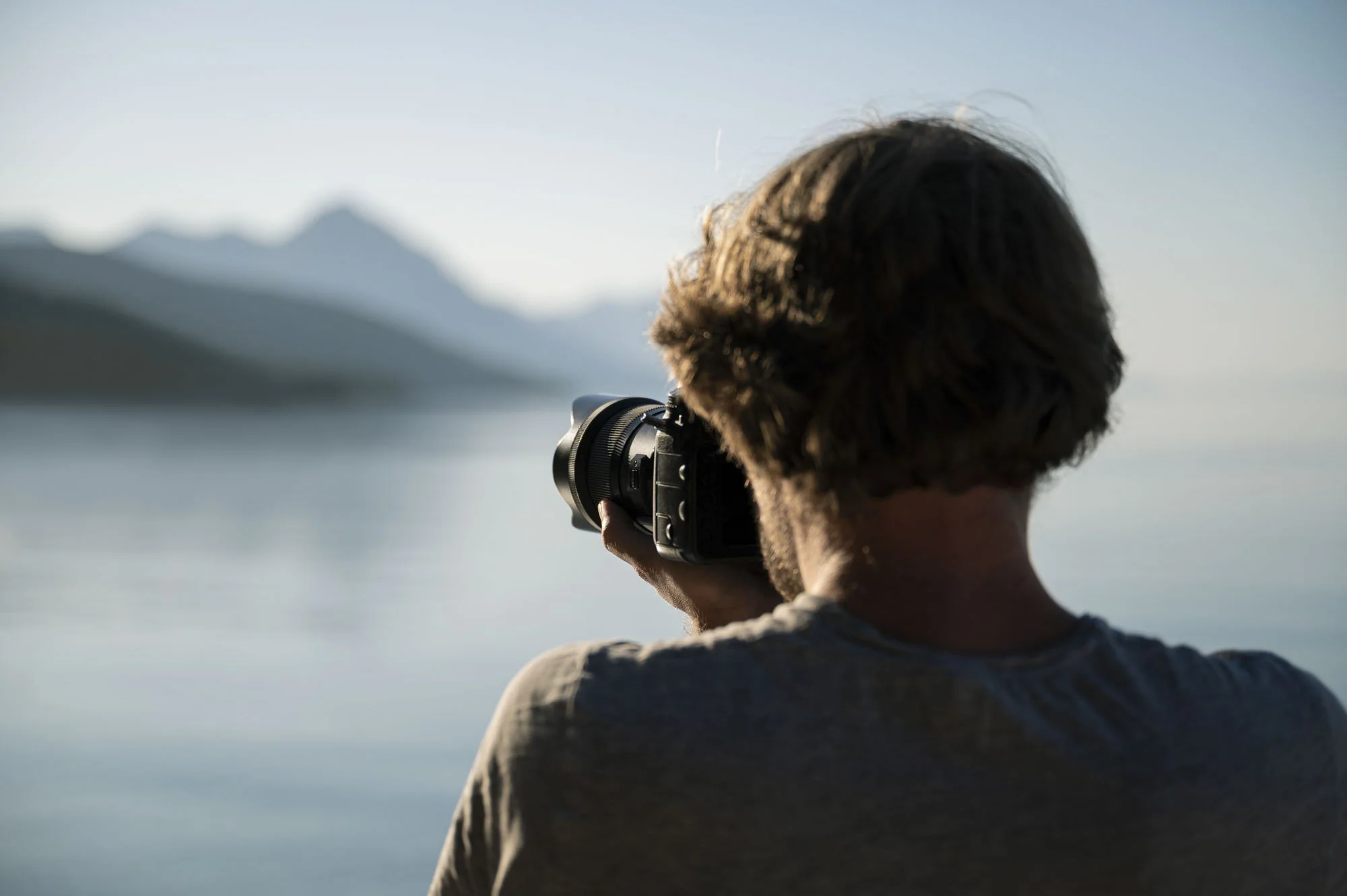3 THINGS EVERY PHOTOGRAPHER STARTING OUT SHOULD LEARN OR TRY IN 2022
3 THINGS EVERY PHOTOGRAPHER STARTING OUT SHOULD LEARN OR TRY.
If you are just starting out in this journey of learning photography and do not know where to start, you have come to the right place. Before we became a production house, we were all once budding photographers trying to understand the craft. We will tell you 5 things every photographer should start diving into to start their journey in photography just like we did.
1) UNDERSTAND FRAMING.
One of the fundamentals of taking photos or videos would be framing. Framing is simply the way, you organise your subjects and elements in your images. There are plenty of rules and proportions in framing for photography. There are rules of thirds, diagonal lines, leading lines, golden ratios, and many more. However, we will teach you one of the simplest ways to get started, which is the rules of third or grid. This can be found in your camera settings or even your phone camera. It is one of the easiest to master.
The rule of thirds is dividing the frame into 9 proportional spaces on your frame. Using the lines, we encourage new beginners to try placing their subjects along the vertical lines and backgrounds (See image). If you notice, the sky takes up 1/3 of the frame and the earth takes up the other 2/3. This is a way to proportionally place the subjects and background while we also place the human along with one of the vertical lines. If you notice, we also used the intersection of the lines on one of the heads of the subjects. Using the intersection can be useful for framing.
You can also use the intersection of lines for important points on the subject. For example, use the intersection on the eye of the subject like the image below. As you can see, her eyes are planted along the horizontal line of the grid, helping to frame this subject’s head properly.
Using this technique, you can start learning how space should be allocated in the frame. When you are comfortable with this, you can move on to other types of framing that will further improve your skills.
2) MASTER THE EXPOSURE TRIANGLE.
It may seem quite scary at first, turning the exposure dial from auto to manual mode but trust us, it is not that difficult to understand. It just takes some practice and experience to get a hang of it. Learning how to expose is the basic fundamentals every photographer needs to know, and it has been made very easy in the digital age. In the past, badly exposed images can ruin a photographer’s career in an instant. Learn the trio, and it will allow you to understand more advanced techniques in the future.
ISO: ISO stands for (International Organization for Standardization), it is a film standard set in 1974. So ignore the acronym and just understand what it does. It controls the camera’s sensitivity in receiving light. In visual terms, the lower ISO, the cleaner the image, and the higher the ISO, the grainier the image will become.
Every camera has a different range of ISO range also known as ISO speeds). Here are some examples:
ISO 100 (low ISO)
ISO 200
ISO 400
ISO 800
ISO 1600
ISO 3200
ISO 6400 (high ISO)
Lowing the ISO setting means the camera will take in lesser light while a higher ISO means it will be more sensitive to light. An ISO setting of 100 to 200 is commonly ideal while shooting outdoors in bright daylight, however when shooting in low lit situations, such as indoors or at night, a higher ISO of 800 to 1600 or higher might be necessary.
Aperture:
Aperture is know as the opening of a lens which light enters the camera. A wider aperture (indicated by a lower f-number) lets more light through, while a narrow aperture (indicated by a higher f-number) lets less light through. A wide aperture like f/2 is great when you want to create shallow depth of field and what everyone call the blurry effect, also know as bokeh.
A narrow aperture like f/8 onwards is good for keeping things in the image sharp. The higher, the deeper the depth of field becomes. It reduces the bokeh or blurry effect and keeps more things in focus. This however means the light coming into your camera is greatly reduced at each stop. Narrow aperture works when you have enough light, otherwise, you have to compensate it with either your ISO or shutter speed.
Shutter speed: Shutter speed simply means the speed at which the shutter opens and close when you snap a photo. The longer the shutter stays open, the more light gets into the camera’s sensor. A fast shutter speed is good for stoping and freezing action while a longer shutter speed will cause blur motion of the image or light like the image above shows a shutter that was opened for a long time. That is how you get the light trails.
3) LEARN FROM A PHOTOGRAPHER FRIEND OR MENTOR.
Our head photographer Eric told us that he started learning from a classmate who was a seasoned hobby photographer. He would ask him all sorts of questions, thankfully his classmate was someone that like to teach. To advance through the basics, he then went on to be mentored by the owner of one of the leading production houses in Asia that have been in the business since the film days. That was where he learned the tricks and trade of the business. Having a friend or mentor would grow your skills and knowledge quickly as you bounce off topics and ideas off each other. Our advice is to go join a community or go out on photography trips to practice. Not only will you make more friends, but you will also have fun learning in the process.
To learn what are the basic essentials that you would need to start this journey head over to our article to learn what are the top 10 basic essential equipment you would need to get started with.
We love to hear from you.
Here at The Finishing Touch Studio, we're one of Singapore’s leading photography production company that offers a suite of services to cater to brands and businesses. Besides all the business stuff, we engage with the community to teach and grow budding photographers. If you are looking to learn photography or grow as a photographer, we are happy to talk more. So speak to us!




